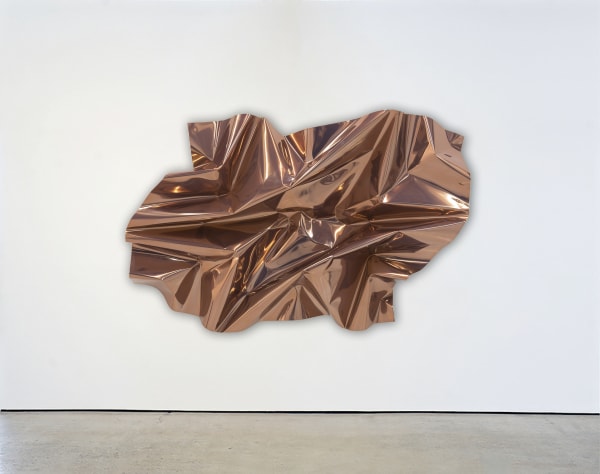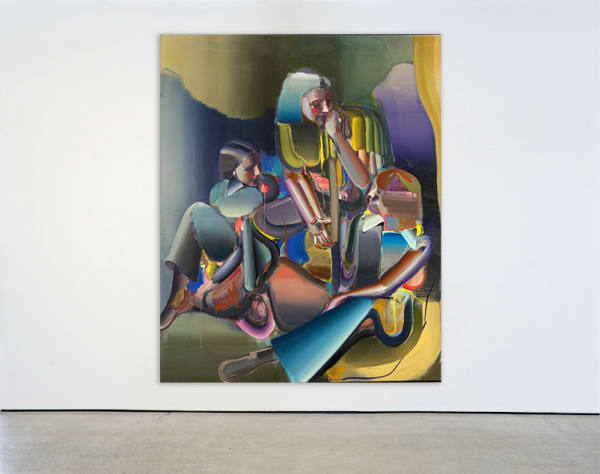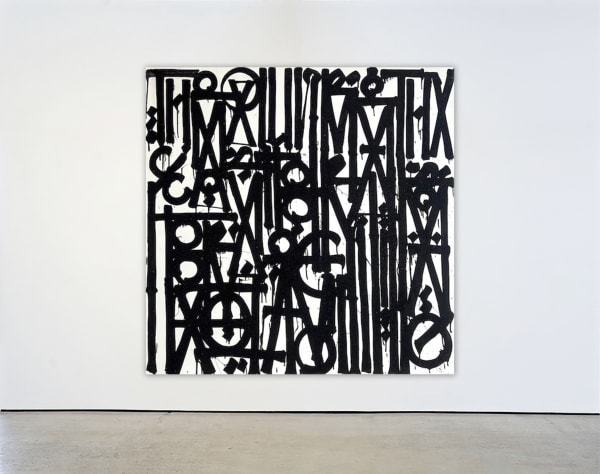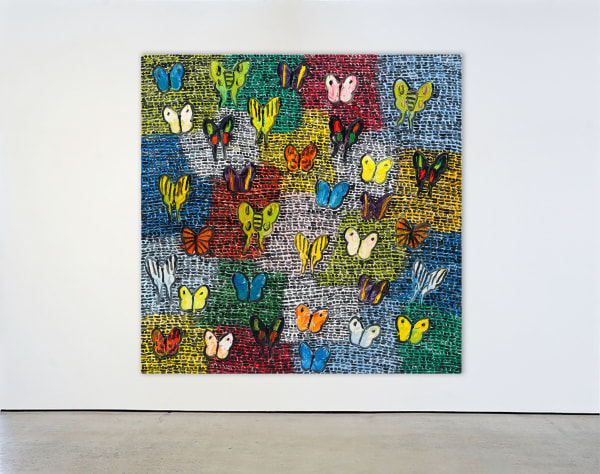-

John Baldessari
-

Lal Batman
-

Aldo Chaparro
-

Lori Cozen-Geller
-

Cédrix Crespel
-

Martha Dimitropoulou
-

Max Frintrop
-

Claire Kirkup
-

KOUKA
-

William LaChance
-

Lino Lago
-

Laura Lappi
-

Jaehyo Lee
-

Donald Martiny
-

Radenko Milak
-

Robert Montgomery
-

Anne-Sophie Ogaard
-

Justine Otto
-

Santiago Parra
-

RERO
-

RETNA
-

Angel Ricardo Ricardo Rios
-

Elliott Routledge
-

Ernesto García Sánchez
-

Seán Shanahan
-

Hunt Slonem
-

Donald Sultan
-

Lin Utzon
-

Isabel Alonso Vega
-

Brooklyn Whelan
-

Alexander Zuleta






























